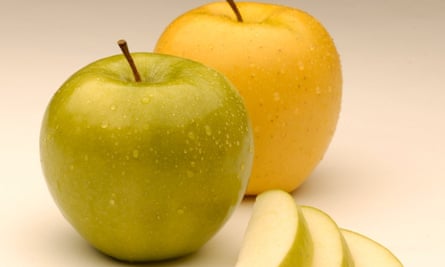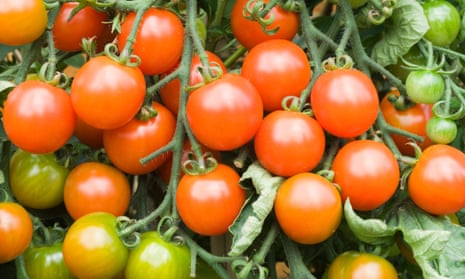Tomatoes
It was reported this week that Brazilian scientists are hoping to create spicy tomatoes using Crispr gene-editing techniques. Although tomatoes contain the genes for capsaicinoids (the chemicals that give chillies their heat) they are dormant – Crispr could be used to make them active. This is desirable because, compared to tomatoes, chillies are difficult to farm – and capsaicinoids have other useful applications besides their flavour – in pepper spray for example.
Bananas

Genetically edited bananas could be resistant to a disease known as “fusarium wilt” that has been attacking plantations across the globe. Researchers at the Norwich-based startup Tropic Biosciences are using gene-editing techniques to develop a new, more resilient version of the fruit after securing £7.5m from investors.
Strawberries

Sweeter and even peach-flavoured strawberries are being worked on by US scientists using Crispr techniques. Due to an EU court ruling last year, Crispr-edited foods will be subject to the same regulation that has limited the planting and sale of genetically modified crops. A major player in the development of Crispr crops is the agricultural giant Monsanto.
Apples

The Arctic apple is a fruit engineered to resist browning after being cut. Currently they are only available in the US – in golden, fuji and gala varieties – where they have been given Food and Drug Administration approval. If approved in Europe, they would have to be labelled as genetically modified. The manufacturers claim the main benefit is to help cut down on food waste.
Papaya

The scientist Dennis Gonsalves developed the genetically modified Rainbow papaya, which can defend itself from papaya ring spot disease by inserting a gene from the virus into the fruit’s genetic code. The Rainbow papaya was introduced in 1992, and is credited with saving Hawaii’s $11m papaya industry.











Comments (…)
Sign in or create your Guardian account to join the discussion